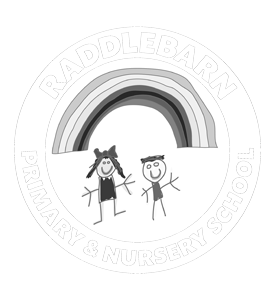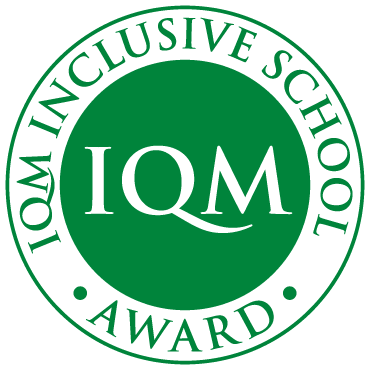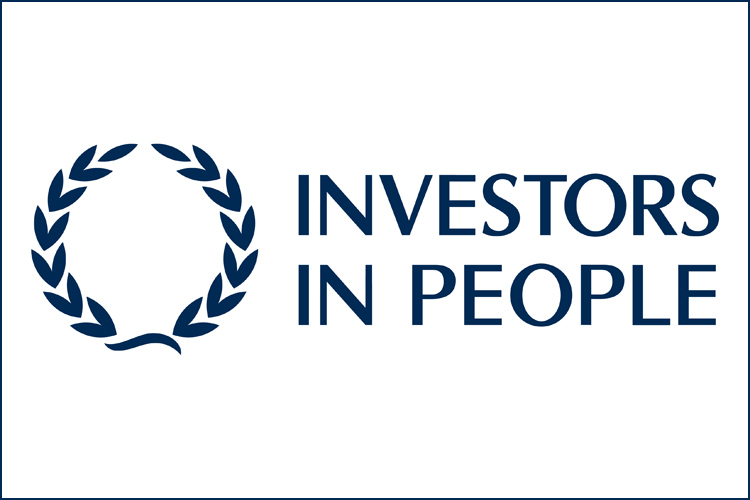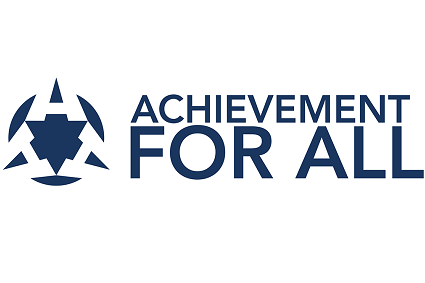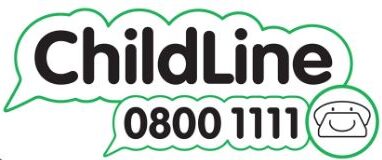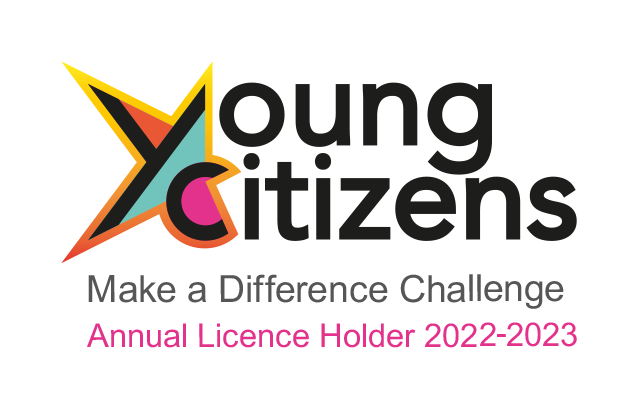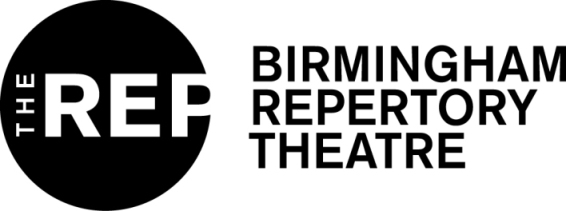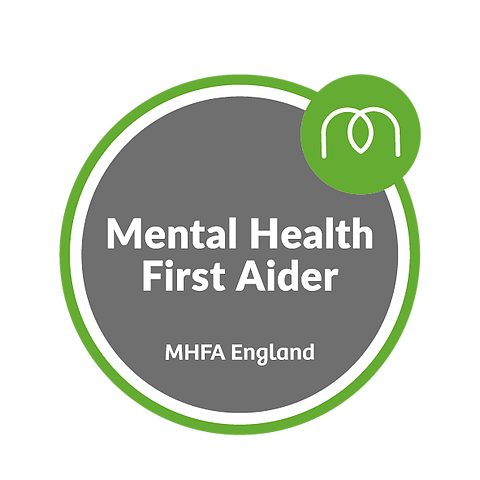Equality Objectives
Our aim is to equip pupils with an awareness of our diverse society and to appreciate the value of difference. This will be achieved by adherence to the following principles:
• Discrimination on the basis of colour, religion, culture, origin, sex or ability is not acceptable
• Promoting racial equality, good race relations and challenging racial discrimination
• Ensuring that school is a place where everyone feels welcome and able to achieve their full potential
• The primary objective of this school will be to educate, develop and prepare all pupils for life whatever their sex, origin, class, religion culture or ability
• Pupils and teachers will further this objective by contributing towards a happy and caring environment and by showing respect for, and appreciation of, one another as individuals
• Every pupil should be helped to develop a sense of personal and cultural identity, in which they are confident and open-minded, and that is receptive and respectful towards other identities
• Every pupil should develop the knowledge, understanding and skills that they need in order to participate in Britain’s multi-ethnic society and in the wider context of an interdependent world
• To achieve an environment in which the varied experiences of the community can enrich the life of the school.
• To protect the rights of all pupils, parents, staff and visitors to school
• To acknowledge the existence of racism and being proactive in tackling and eliminating racial discrimination
Equality Objectives
• To continue to improve achievement at Foundation Stage, KS1 and KS2 by ensuring that: attainment and progress is at least in line with national expectations for all groups of pupils
• To narrow the gap between all pupils and PPG pupils in all subjects.
• To ensure that children with SEND make accelerated progress.
• To raise awareness of SMSC across school for all stakeholders.
Equality Objectives 2019 to 2023
9 Protected Characteristics Statement
The School Population
• Raddlebarn Primary School is a multicultural and diverse school; the percentage of the school population with a language other than English believed to be a child’s first language is consistently above the national percentage
• Children are able to speak approximately 28 different languages with English, Arabic, Malay/Indonesian and Urdu being the most widely spoken
• The population consists of over 30 different ethnicities
• The school population represents approximately 6 different religions
• All reasonable adjustments are made to ensure the school’s physical environment is suitable for all students.
Staffing
• The school adheres to statutory equal opportunities procedures when recruiting and promoting staff
• The Senior Leadership Team has responsibility for overseeing and reviewing equality procedures
Policies
• Before introducing important new policies or measures, the school carefully assesses their potential impact on equalities
• The school has rigorous safeguarding policies in place including procedures to tackle bullying in all forms
• The school has a clear accessibility plan in place
Curriculum
• There is coverage within the curriculum to promote each child’s understanding of equalities issues including community cohesion, gender roles, spiritual, moral, social and cultural development
• Curriculum resources represent a wide variety of ethnicities, religions and cultural backgrounds
• The school partakes in anti-bullying week
Consultation and Involvement
• The school has procedures for finding out how pupils think and feel about the school and has due regard for the Equality Act when responding
• The school has procedures for consulting and involving parents and carers in all aspects of school life and has due regard for the Equality Act when responding
Tracking
• The school uses a variety of data sources to rigorously track the attainment and achievement of all groups of children including but not limited to gender, ethnicity and disability
• If the school identify an underachieving group of children, additional measures are put in place to enable each child to reach their potential
Equality Summary
A new Equality Act began in 2010. This replaced:
• Disability Discrimination Act
• Race Relations Act
• Sex Discrimination Act
The new act gave schools a public sector equality duty (PSED) to advance equality of opportunity between people who share a protected characteristic and those who do not. There are 8 protected characteristics: race, gender, religion, disability, sexual orientation, gender reassignment, pregnancy and age.
The Equality Act demands, that from September 2012, schools and LAs have a duty to supply auxiliary aids and services, for disabled students, as reasonable adjustments, where they are not being supplied through SEN Education Health and Care Plans or Statements or from other sources.
What can be classified as a disability?
There is no exhaustive list of conditions that qualify as a disability as the focus is on the effect the impairment has. While some impairments, particularly visible ones, are easy to identify, there are many which are not so immediately obvious. Conditions that can qualify are:
• Autistic Spectrum Conditions
• Dyslexia
• Dyspraxia
• Asthma
• ADHD
• Learning Difficulties
• Mental health conditions including OCD, depression, eating disorders, personality disorders and some self-harming.
What is a reasonable adjustment?
Where something a school does places a disabled pupil at a disadvantage compared to other pupils then the school must take reasonable steps to try and avoid that disadvantage.
…this will particularly be the case where a disabled child does not have an SEN statement or where the statement does not provide the auxiliary aid or service.
At Raddlebarn Primary School, we work very hard to ensure that we fulfil our Public Sector Equality Duty and advance the equality of opportunity of our students.
SEND – Special Educational Needs and Disabilities
If you’d like to read more about how we deal with SEND at our school, you can do so on our SEND page:
Special Educational Needs and Disabilities







